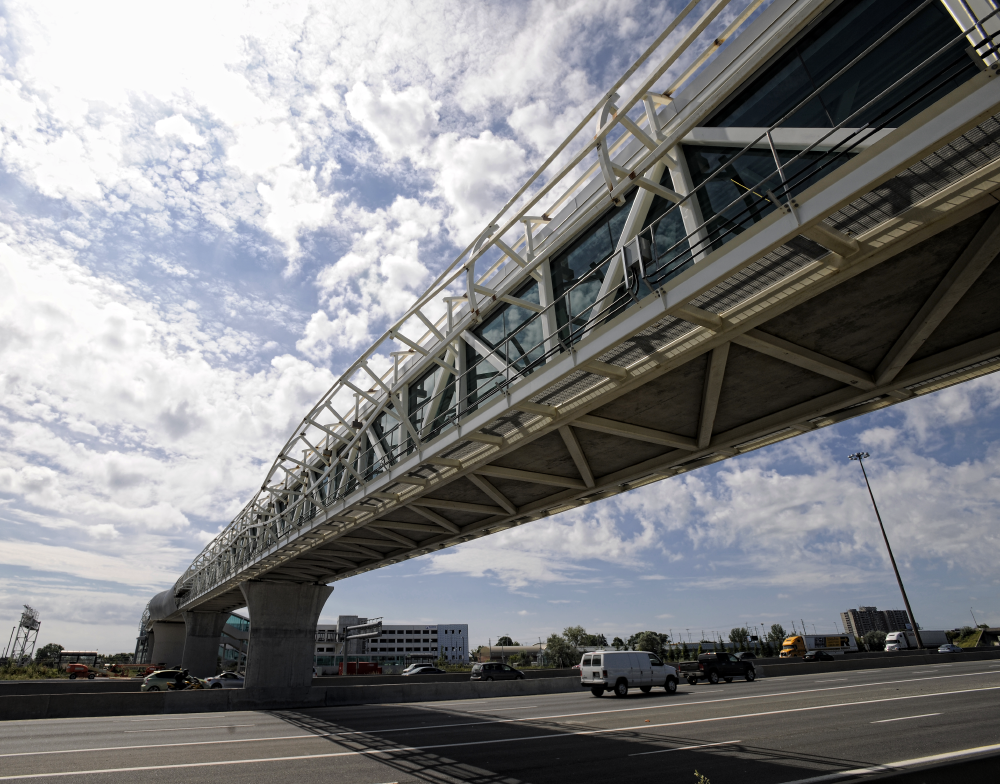If we are changing the height of the platform... that is new construction.
The possibility of new platforms in Europe being 610mm, the possibility of any platforms being rebuilt in Europe or Asia during maintenance to 610mm, and VIA having level boarding at 610mm is even more remote than that. So the ONLY reason you would choose 610mm is to support the past, and not the future.
Why would we change the platform height as long as we are using bi-levels? There are raised accessibility platforms in place so it isn't solving a major issue there, and boarding efficiency will not see a significant improvement as long as there are the bottlenecks of having only two doors per car and congestion in narrow stairs to the second deck. We should leave the platforms where they are until there is an actual reason to change and as long as a line is running bi-levels there is no reason. To your point Europe isn't rushing to change the level of their platforms and they see far more service than we do. GO will continue to need to dwell in stations long enough for people to clear the stairwells and car doors... the short steps out the door are not on the critical path to solving any problem that may exist.
When a line needs to replace bi-levels, because it is no longer efficient to run them, that is the time to look at platform heights because that is the time when you are going to get the most benefit from doing so.







